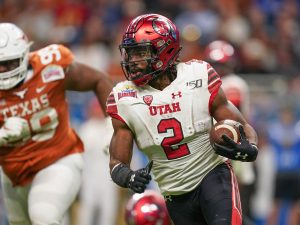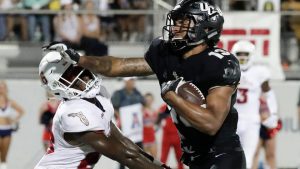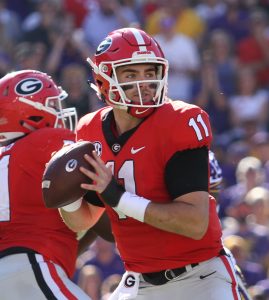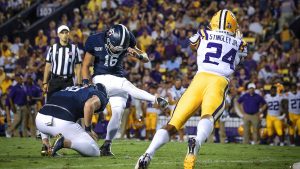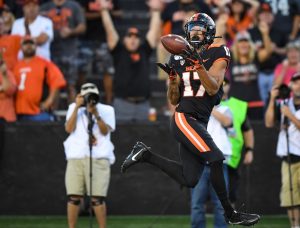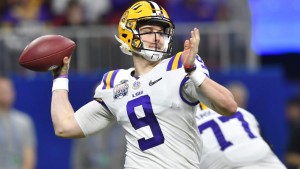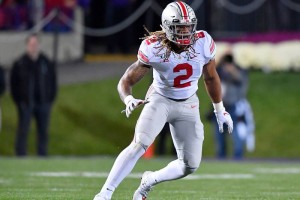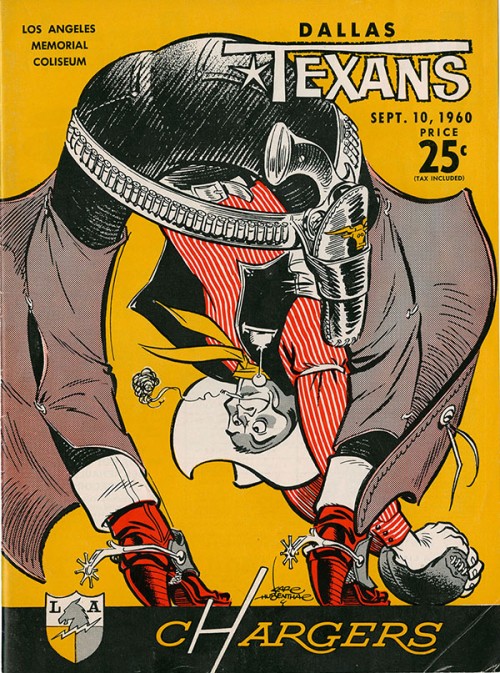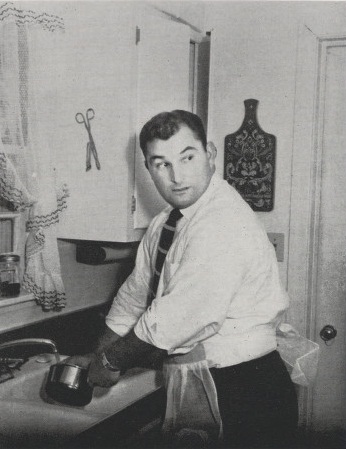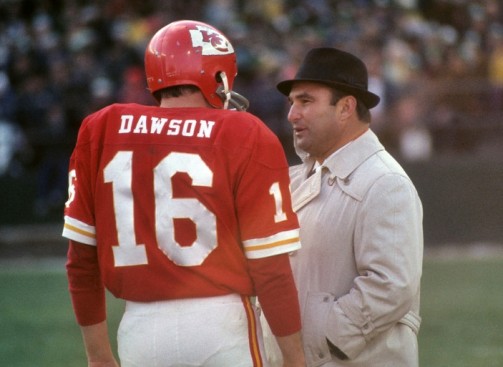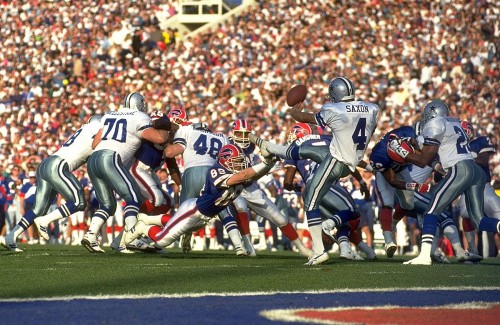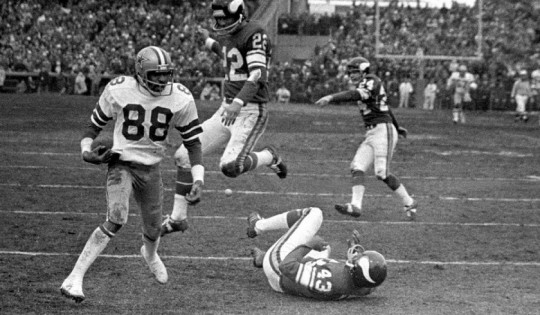We are now less than a week away from the NFL’s 2020 college draft. The first round mock draft by our Rayonsports correspondents is in the books, and now the four of us will try our hand at identifying the 7 players that our local team, the Buffalo Bills, will select this week. Here are our picks along with scouting reports and some rationale as to why the choices make sense:
Round 2, Pick # 54
Connor Pohlman – D’Andre Swift, RB (Georgia) – Recently Bleacher Report’s Matt Miller noted that the Bills will look to add more offensive playmakers in this year’s draft. With the addition of stud WR Stefon Diggs this offseason, the Bills’ offense looks to take that step and the addition of Swift will help them get there.
Josh Pohlman – Jonathan Taylor, RB (Wisconsin) – Taylor would be the perfect 1-2 complement to Devin Singletary and would be the best player available at pick 54. 2019 Bills’ RB Frank Gore became a free agent in the offseason.
Scott Prelewicz – Trevon Diggs, CB (Alabama) – cornerback depth is added by picking up the brother of recent trade acquisition – wide receiver Stefon Diggs.
Ray Prelewicz – Curtis Weaver EDGE (Boise State) – GM Brandon Beane has put his team in position to pick the best player available and Weaver fits that description as well as filling a future position of need, with Jerry Hughes, Trent Murphy and newly-signed Mario Addison all getting up in age.
Round 3, Pick # 86
Connor Pohlman – Chase Claypool, WR (Notre Dame) – Beane continues to add offensive playmakers here and clocking in at 6’4 and 238 lbs. Claypool would be the primary big body target in a WR room filled with “smurfs”, as coach Sean McDermott said last year.
Josh Pohlman – Chase Claypool, WR (Notre Dame) – the final offensive piece for the Bills, a big-bodied receiver who can make contested catches. It would be a stretch if he’s still available at pick # 86 but would also be the best player available.
Scott Prelewicz – Matthew Peart, OT (UConn) – Jamaican-born prospect with long arms and great athletic ability who may need development but his ceiling is high.
Ray Prelewicz – Bryan Edwards, WR (South Carolina) – Edwards is a physical, possession type receiver who projects as a slot receiver, making him the eventual heir apparent to Cole Beasley as well as an immediate contributor as he learns the ropes of being an NFL player.
Round 4, Pick # 128
Connor Pohlman – Kenny Willekes, EDGE (Michigan State) – the Bills added DE Mario Addison this offseason, who has been extremely consistent in his time with the Panthers, racking up at least 9 sacks every year since 2016. Adding Willekes here is a good value pick and will help the Bills get younger on the edge, eventually replacing Trent Murphy and Jerry Hughes.
Josh Pohlman – Alton Robinson, EDGE (Syracuse) – a dominant pass rusher who would be a nice replacement for UFA Shaq Lawson. He has a career total of 19.5 sacks for 102 yards lost in the ACC.
Scott Prelewicz – Darrynton Evans, RB (Appalachian State) – small school back who would be expected to complement Devin Singletary. He’s an explosive, shifty runner who is good in pass protection, a bonus for a rookie back.
Ray Prelewicz – A.J. Dillon, RB (Boston College) – Bills need a big, physical short yardage back to complement Devin Singletary and Dillon would provide an immediate plug-and-play option there. He is a 6’1 249 lb. bruiser who also displays some unexpected shiftiness in the open field.
Round 5, Pick # 167
Connor Pohlman – Tanner Muse, S (Clemson) – Jordan Poyer was just recently extended for 2 more years on his current contract, but adding Muse will add depth and youth to the position. While he won’t start at safety right away, McDermott and DC Leslie Frazier like to rotate their young DBs similar to Taron Johnson and Siran Neal in their rookie seasons. Muse could compete for the chance to start on special teams. The Bills were also heavily involved in Clemson’s pro day.
Josh Pohlman – Shaquille Quarterman, LB (Miami) – Quarterman is a potential replacement for retired linebacker Lorenzo Alexander. Also, Matt Milano hits free agency in 2021, barring an extension.
Scott Prelewicz – Antonio Gandy-Golden, WR (Liberty) – a big (6’4 223 lb.) red zone target for Josh Allen. He has a big catch radius and showed tremendous improvement with his hands in his senior year.
Ray Prelewicz – Markus Bailey, LB (Purdue) – a tough, blue collar defender who has the tenacity to carve out a role for himself in the NFL. He would have to earn a spot on special teams while learning the nuances of the position, but with the Bills’ lack of depth at LB would have a chance.
Round 6A, Pick # 188
Connor Pohlman – Javaris Davis, CB (Auburn) – Davis brings youth and depth to a position the Bills have done a good job of improving this offseason with the additions of Josh Norman and E.J. Gaines. Davis could find himself rotating at nickel corner with Taron Johnson.
Josh Pohlman – Terence Steele, OT (Texas Tech) – there are still some questions along the offensive line. Dion Dawkins will be a free agent in 2021 barring an extension and Ty Nsekhe will be 35 years old in October.
Scott Prelewicz – Raequan Williams, DL (Michigan State) – a good hand fighter in the defensive line who would have to work hard to make the Bills’ roster. His versatility to be able to play any position along the line would help him.
Ray Prelewicz – Carter Coughlin, EDGE (Minnesota) – a consistent playmaker for the Gophers in his college career, Coughlin totaled 22.5 sacks and 8 forced fumbles. Some scouts question his height and strength but he is a high-motor guy and a good value pick at this point.
Round 6B, Pick # 207
Connor Pohlman – Francis Bernard, LB (Utah) – with the loss of veteran LB Lorenzo Alexander this offseason, the Bills lost a pivotal part of that #3 ranked defense. Newest signing A.J. Klein should become a starter at OLB, but the addition of Bernard will add good depth, coming from a Utah defense that played a major role in landing them in the AP Top 10 this past season.
Josh Pohlman – Reggie Robinson II, CB (Tulsa) – cornerback depth is always needed and with Josh Norman only on a one year deal there is room to make the roster. Levi Wallace and Tre’Davious White are potential free agents also barring extensions for them.
Scott Prelewicz – K.J. Osborn, WR (Miami) – he transferred from MAAC school University at Buffalo to Miami for his senior season and the jump wasn’t too big for him as he led the Hurricanes in receiving and contributed as a punt returner and on special teams, which gives him an edge in his attempt to stick in the NFL.
Ray Prelewicz – Jake Hanson, C (Oregon) – some scouts don’t think he’s strong enough to thrive in the NFL but his college coaches rave about him, especially his nasty temperament. He will probably have to show some versatility at other line positions to make the Bills’ roster if they pick him.
Round 7, Pick 239
Connor Pohlman – Austin Mack, WR (Ohio State) – the last pick of the Bills’ draft brings in a WR from a good college football program who made some big plays in the 2020 CFB Playoff.
Josh Pohlman – Rodrigo Blankenship, K (Georgia) – Bills’ kicker Stephen Hauschka will turn 35 years old in June. Last season he signed an extension and won’t be a free agent until 2022. Hauschka had a rocky start to the 2019 season, going 8-13 on field goals through the first 9 games. One game included an 0-2 performance (with a missed extra point also) that resulted in a 19-16 loss to Cleveland. It became clear that the Bills were exploring other options when they put in a waiver claim for Chase McLaughlin later in the season.
Scott Prelewicz – Trevon Hill, EDGE (Miami) – another Hurricane is picked. Hill enrolled at Miami after being dismissed from the team at Virginia Tech. He doesn’t have ideal size for an edge rusher but his play sometimes defied his lack of the prototypical body type.
Ray Prelewicz – Reggie Robinson II, CB (Tulsa) – big corner with good ball skills and a willing and able tackler in the run game. A versatile player who has also played safety.

